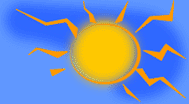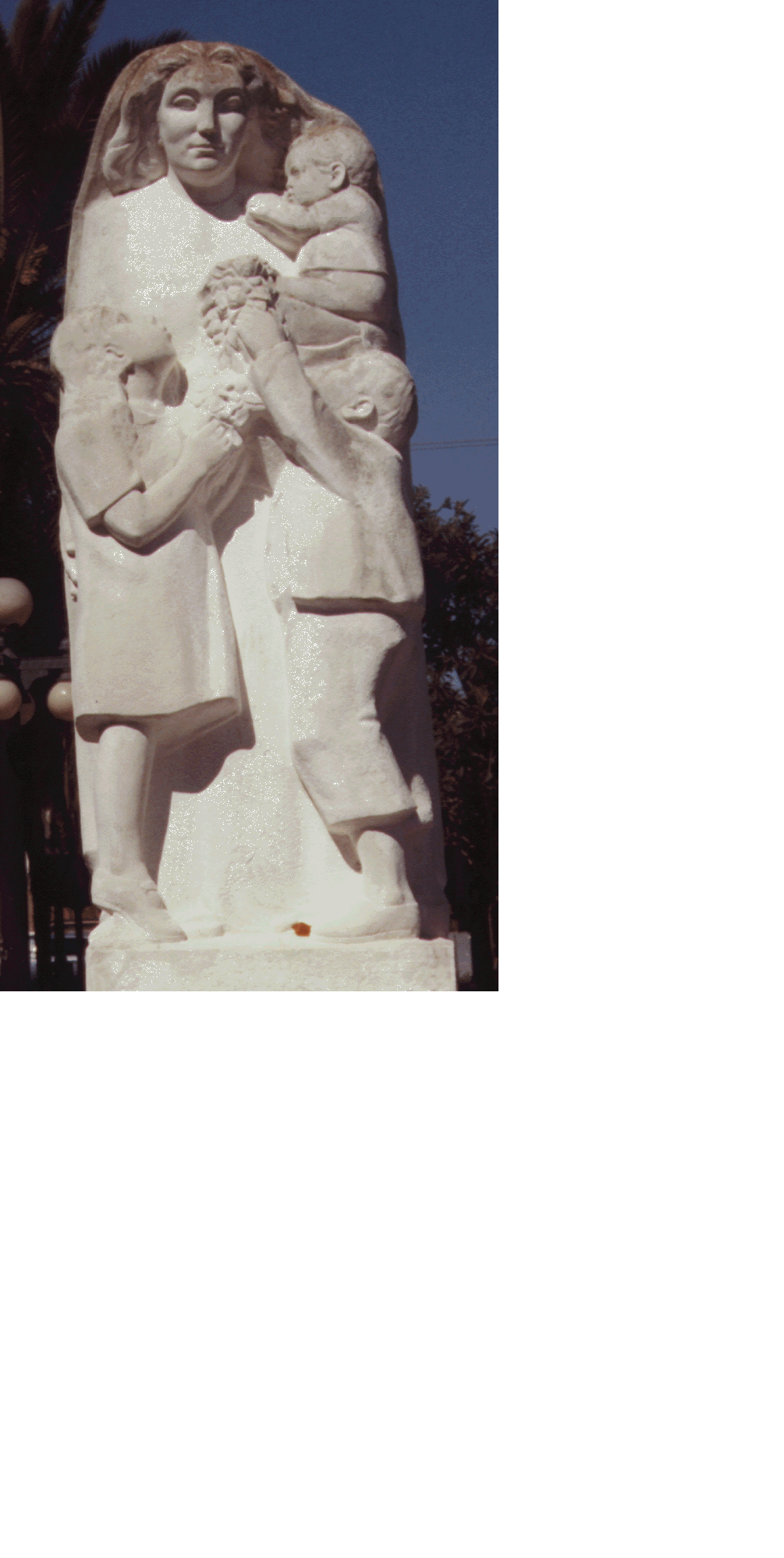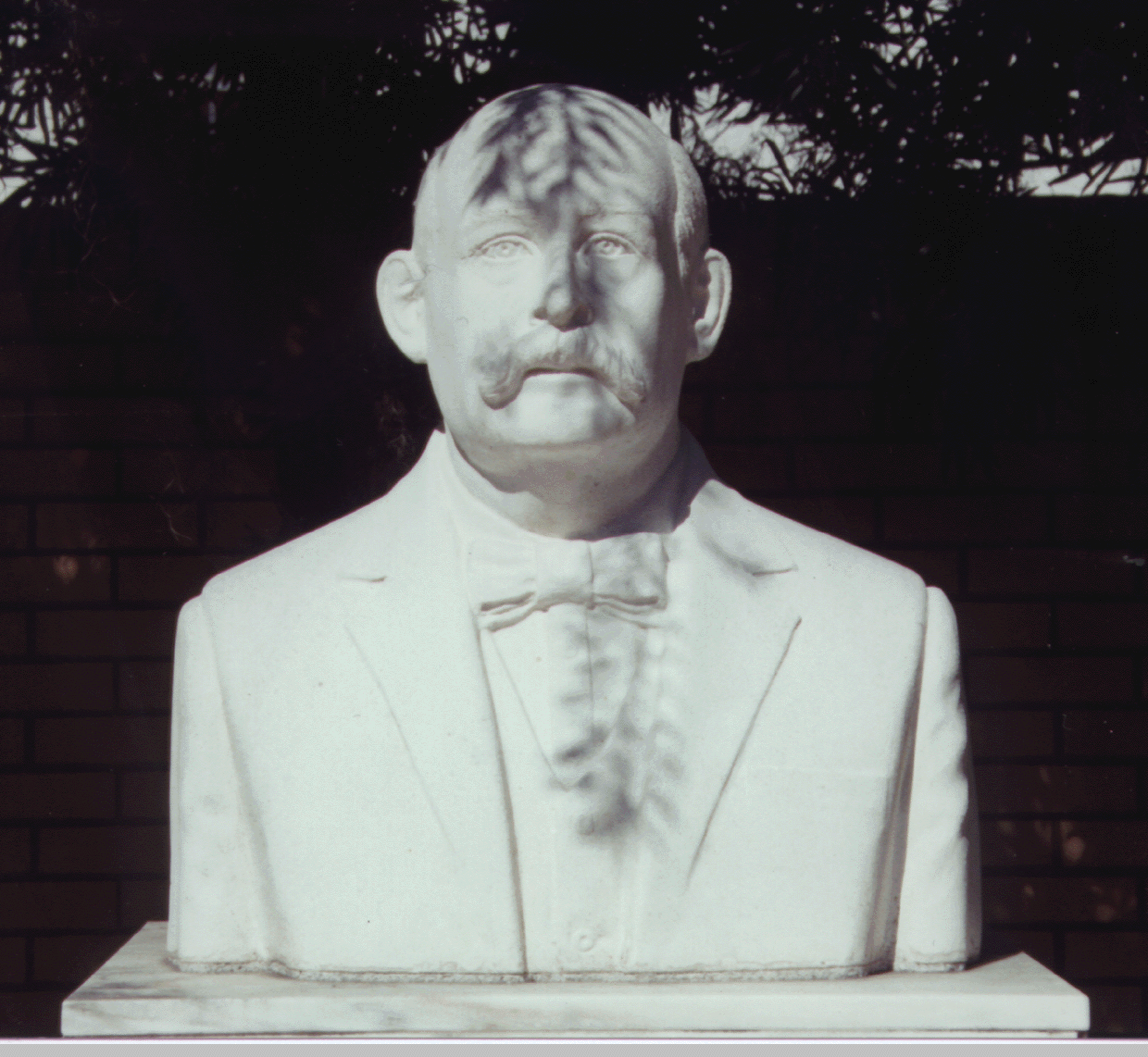|
 |
||||||||||
|
The Statues of Ybor City
|
|||||||||||
|
The Statues Of Ybor City
Whether a person is a resident of Ybor City or a visitor, the statues of Ybor City can be of great interest. One need not be of Latin heritage to appreciate the struggle, the accomplishments, and the undying pride of Ybor Citys leaders of yesteryear. While Ybor city has a few dozen interesting and historical sites to visit, a slow, and lingering gaze at each of the six statues and busts listed here can be a moving experience. Starting at Ybor Square seems best. Jose
Marti Park (El Parque de Amigos de Jose Marti) features a life-sized statue of Jose Marti, the founder of the Cuban Revolutionary
Party of the late 1800s. The park is located at the southeast corner of 8th
Avenue and 13th Street, adjacent to Ybor Square. The property is on
the former home site of Pauline and Ruperto Pedroso, Afro-Cubans, who gave refuge and nursed Marti back to health after he
was poisoned by Spanish agents. Loosely translated, the archway inscription reads,
The Park of the Friends of Jose Marti. A
larger-than-life sized bust of Jose Marti stands on the northeast corner of Republica de Cuba and Palm Avenue at The Cuban
Club (El Circulo Cubano).
Next, is a statue honoring Mothers of the World. It is located at Latin Plaza, on 7th Avenue at 16th Street, north side. In a spot designated El Paseo De Ybor, (The Walkway of Ybor), the inscription reads in both English and Spanish, To The Mothers Of The World. (Honramos Dia De Las Madres). The idea of the statue came from a member of the Cuban lodge of the Orden- Caballero De La Luz. (Order of- Knights of the Light). A gentleman named Valentin Dominguez of Havana, Cuba who was supreme master of the order, donated the statue as a gift to the City of Tampa. It was a token of friendship between Cuba and Tampa. Mayor Curtis Hixon at the time accepted the gift. It originally stood in Plant Park, but was stolen. Later, it was discovered at Latteri Monument Company. The members of the Oden- Caballero De La Luz suggested to the then reigning mayor, Dick Greco, to more appropriately relocate the statue in Ybor City. Thus, it explains why the date on the statue is May 9, 1948, and the Latin Plaza marker is dated June 1, 1963. Every year on Mothers Day, members of the Orden-Caballero De La Luz place flowers around the statue. The Immigrant Statue, located in Centennial Park, near the corner of 9th Avenue and 19th Street is a statue of an immigrant family of foura mother, father, and two young children. Its purpose is best explained by quoting the inscription: "DEDICATED MAY 31, 1992 TO THOSE COURAGEOUS MEN AND WOMEN WHO CAME TO THIS COUNTRY IN SEARCH OF PERSONAL FREEDOM, ECONOMIC OPPORTUNITY, AND A FUTURE OF HOPE
FOR THEIR FAMILIES."
The
project was sponsored by the Ybor City Round Table, Inc.. A booklet explaining
the Immigrant Statue story is available at the Ybor City State Museum across the street from the statue. Inside the Ybor City State Museum is a small black bust of Jose Marti. The inscription reads: "THE APOSTLE OF CUBAN INDEPENDENCE BEGAN
HERE, IN TAMPA, (1891). THE LAST AND FINAL EFFORT TO FREE CUBA.
Outside, in the courtyard of the museum, is a life-sized bust of Vicente Martinez-Ybor,
"PIONEER OF THE CIGAR INDUSTRY IN FLORIDA AND FOUNDER OF YBOR CITY."
In the 1860s, Ybor had a successful cigar factory in Cuba, and later, a branch factory in Key West Florida. After several disagreements with the Spanish government, Ybor moved his entire operations to Key West. Later, inspired by his friend, Gavino Gutierrez who was already a resident here, Ybor bought 40 acres of land from a man named John Lesley. It was on that site Vicente Martinez-Ybor built his small cigar factory in 1886. Soon afterward, he built a three- story factory employing over 600 workers, and eventually up to 4,000 workers. The building was complete with two sets of stairs, and an elevator. He named the factory, The Prince of Wales, (El Principe De Gales), which was also his brand of cigars which made Vicente Martinez-Ybor, and Ybor city famous throughout the world. Cesar
Gonzmart, a more contemporary, was a well-known violinist and restaurateur of the family owned Columbia Restaurant. Gonzmart brought the family restaurant from a $1 million per year gross business in 1953 to $42 million
chain of restaurants in 1992. His musical talent, plus his charming mannerism
attracted thousands of diners to the Columbia Restaurant in Ybor City every year. The
Columbia is located on 7th avenue between 21st and 22nd Avenues. Gonzmart died of pancreatic cancer December 1992. The mosaic
tile front of the building is a work of art, and the artful columns along the sidewalk cannot be ignored. It is under the sidewalk covering where a bust of Cesar Gonzmart may be seen, holding his violin. The inscription reads, "HE LIVED HE REIGNED
HE CARED
His violin is appropriately buried with him. The
descriptions about the statues contain mere tidbits of information. The stories
of yesteryear's famous Ybor City men and women provide an insight to the pride of Ybor City's citizens of today.
###
|
|||||||||||
 |
|||||||||||



